Mar
09
with Philadelphy / Gründler / Klammer, Franz Hautzinger, Isabelle Duthoit, Martin Siewert, Dieb13, Burkhard Stangl, Billy Roisz, Flugfeld & John O’Gallagher’s Webern Project
Sun March 9th, 2014
4:00PM
Main Space
Minimum Age: All Ages
Doors Open: 3:30PM
Show Time: 4:00PM
An event within Carnegie Hall’s “Vienna: City of Dreams” Festival
Presented by the Austrian Cultural Forum New York in partnership with (Le) Poisson Rouge
Curated by Christopher Zimmerman—Director of Music and Performance at the ACFNY
This one-day festival at (Le) Poisson Rouge features a host of Austria’s foremost creative improvisers. The program also includes a continuation of the Austrian Cultural Forum New York series In the Absence of … focusing on the oeuvre of Anton Webern. The series creates a framework in which creative musicians conceptualize and perform a program focused on a particular canonic composer—except that none of the music is heard in the way intended by that composer.
Philadelphy / Gründler / Klammer
Martin Philadelpy, guitar and electronics
Seppo Gründler, guitar and electronics
Josef Klammer, drums and electronics
Franz Hautzinger, trumpet
Isabelle Duthoit, clarinet, voice
Martin Siewert, guitar and electronics
Dieb13, turntables and electronics
Burkard Stangl, guitar and electronics
Billy Roisz, live video
Flugfeld
Helge Hinteregger, throat music
Martin Zrost, bass and saxophone
Paul Skrepek, drums
John O’Gallagher’s Webern Project
John O’Gallagher, alto saxophone
Matt Moran, vibraphone
Pete McCann, guitar
Russ Lossing, Hammond organ, Rhodes, piano
Johannes Weidenmuller, bass
Tyshawn Sorey, drums
Margret Grebowicz, voice
FREE WITH RSVP: Vienna@lprnyc.com
**************************
TABLE SEATING POLICY
Table seating for all seated shows is reserved exclusively for ticket holders who purchase “Table Seating” tickets. By purchasing a “Table Seating” ticket you agree to also purchase a minimum of two food and/or beverage items per person. Table seating is first come, first seated. Please arrive early for the best choice of available seats. Seating begins when doors open. Tables are communal so you may be seated with other patrons. We do not take table reservations.
A standing room area is available by the bar for all guests who purchase “Standing Room” tickets. Food and beverage can be purchased at the bar but there is no minimum purchase required in this area.
All tickets sales are final. No refund or credits.
This event will be streamed live online through LPR’s streaming channel, beginning at 4pm.
1
5
The Improvised Traumdeutung: The Austrian Scene (an event within Carnegie Hall’s “Vienna: City of Dreams” Festival)

Philadelphy / Gründler / Klammer

Martin Philadelpy, guitar and electronics
Seppo Gründler, guitar and electronics
Josef Klammer, drums and electronics
Martin Philadelpy Official Site
Seppo Gründler Official Site
Josef Klammer Official Site
Photo credit: Josef Gründler & Josef Klammer
Franz Hautzinger
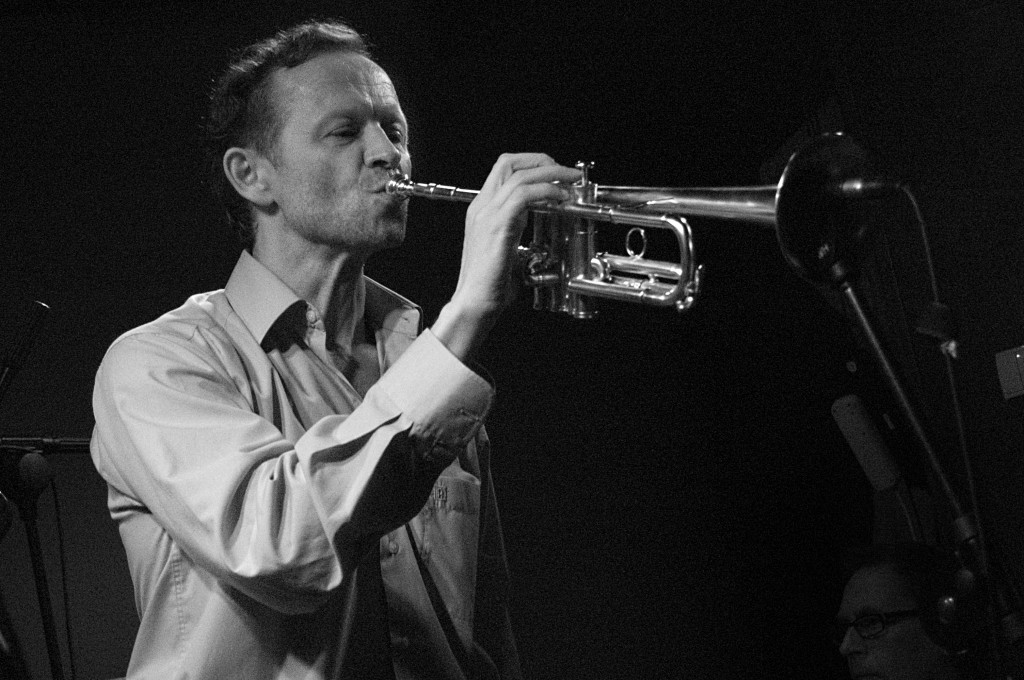
Detours often lead to more thrilling goals because they open up new perspectives. Franz Hautzinger has taken long and bendy detours and turned to many dead ends, he has spent years without instrumental activity and has made a hopeful new start. All this, those victories and defeats, this “History from the Total Crash to ‘Emergency Individualism’”, as he himself described it, made Franz Hautzinger the highly profiled musical personality that he is today.
Born on March 11, 1963 in Seewinkel, Burgenland, a Hannibal Marvin Peterson concert at Jazzgalerie Nickelsdorf was the young trumpeter’s “awakening experience”. He studied at the Jazz department of today’s Art University in Graz from 1981 to 1983 until lip palsy forced him to take a six year total break from trumpeting. After moving to Vienna in 1986 he started in 1989 to explore the trumpet in his very own and un-academic way. He became attached to the circles around Christoph Cech and Christian Mühlbacher, played in the Big Band “Nouvelle Cuisine” and the octet “Striped Roses”; the CD “Zong of se Boboolink”, which he recorded with saxophonist Helge Hinteregger and which was influenced by sampler collages was the first personal CD statement. His 10 month stay in London provided new ideas and contacts, amongst others Kenny Wheeler, Henry Lowther, John Russel, and Steve Noble. Hautzinger assimilated the stimuli in very different ways: in „Regenorchester“ („Rain Orchestra“) with its changing instrumentation, in the quartet with Helge Hinteregger, Oren Marshall and Steve Noble as well as in the trio “Speakers’ Corner” with guitarist Martin Siewert and drummer Wolfgang Reisinger.
The conscious decision to avoid electronic sound sources but to still comprehend the development of digital music on the trumpet – the quarter tone trumpet purchased in 1997 – were decisive stages for the creation of Franz Hautzinger’s sensational solo trumpet CD “Gomberg” (2000) on which he presented this new until then unheard cosmos of sound that he had developed on his instrument. Hautzinger positioned himself with “Gomberg” at the front line of the international improvisation avant-garde; collaborations and CD records with Derek Bailey, the “AMM” veterans Keith Rowe and John Tilbury as well as Axel Dörner, Christian Fennesz or Otomo Yoshihide, and Sachiko M followed. The step into the world of decelerated sound microscopy and from 2003 on the re-discovery of musical sensualism, the confrontation of his trumpet sounds with groove and tunes (“Regenorchester XI” and XII) can be considered as important stages in his development. Franz Hautzinger teaches at the Vienna Music University since 1989, is a member of the Berliner Ensemble “Zeitkratzer” since 1999 and received comissions from Klangforum Vienna amongst others. He is a globetrotter whose unmistakeable musical signature is known from Vienna to Berlin, London to Beirut, or in Tokyo, New York, and Chicago. Franz Hautzinger has shown that even in times where postmodernism is history an instrument can still be reinvented.
(Andreas Felber, translated by Astrid Donaubauer)
Franz Hautzinger Official Site
Photo credits: Daniel Cemborek and Clara Zalan
Isabelle Duthoit

Born in 1970 in Montargis. Classically trained Isabelle Duthoit is moving quickly towards today’s music working with various ensembles and composers. It finds its rightful place in the world of free improvisation. With the Trio Sofa, project photo phonographic and music, she tries to play the sound (music) in a sound and visual territory daily, listening space and slip into vitality … without staging. As has always been attracted by her voice, she has developed only a singing technique singular language before language. She sings and improvised solo and duet with Phil Minton. In 2008, she was a resident at the Villa Kujoyama in Kyoto (Japan) to perform a solo vocal performance in relation to the sound world of Noh and Bunraku theater. From 1995 to 2005, it is committed to the creation and improvised music by creating Fruits Festival Mhère “fields of improvisation” with Jacques Di Donato. Since 1997 she teaches clarinet and improvisation at the Conservatoire Departmental Evry (Essonne).
Isabelle Duthoit on Ouïe/Dire
Martin Siewert

Martin Siewert – guitars, lap- & pedal steel, electronics
born in Saarbrücken in 1972
living & working in Vienna
improv and composing activity in both acoustic and/or electronic contexts;
work for theatre, film and dance as well as various remix and soundinstallation commissions
Martin Siewert Official Site
Dieb13
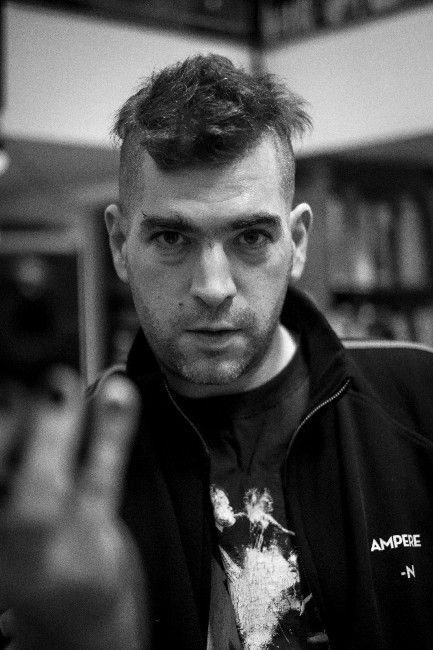
dieter kovačič born in 1973
school and various studies in vienna. since the late 80ies he has worked continuously in rendering cassette players, vinyls, cd’s and harddisks into instruments.
solo appearances as dieb13, dieb13, dieb14, bot, echelon, dieter bohlen…
permanent collaborations include: eh, NotTheSameColor, siewert/dieb13, erik.M/dieb13, dieb13 vs. takeshi fumimoto, swedish azz, phil minton/dieb13, john butcher group
founder of the klingt.orgestra
performances at various international festivals and locations including: phonotaktik wien, sonicacts amsterdam, beyond innocence osaka, lmc festival london, electrograph athens, maerzmusik berlin, kammermusiktage witten, musiktage donaueschingen, wien modern, musee de art moderne strasbourg, worldinformation.org beograd, turningsounds warszawa, piksel bergen, donaufestival krems, batofar paris, university of colorado springs.
distributed by 1.8sec, absurd, amoebic, antifrost, charhizma, doc, durian, en/of, erstwhile, filmarchiv austria, for4ears, grob, hathut, mego, orf, pilot.fm, rhiz, sixpack, staalplaat,transacoustic research, unframed recordings.
music for theater-, opera- and videoproductions and installations.
runs the internet platform klingt.org
dieter kovačič is a conscientious copyright-objector and lives in vienna fuenfhaus
Dieb13 Official Site
Photo credit: Micke Keysendal
Burkhard Stangl
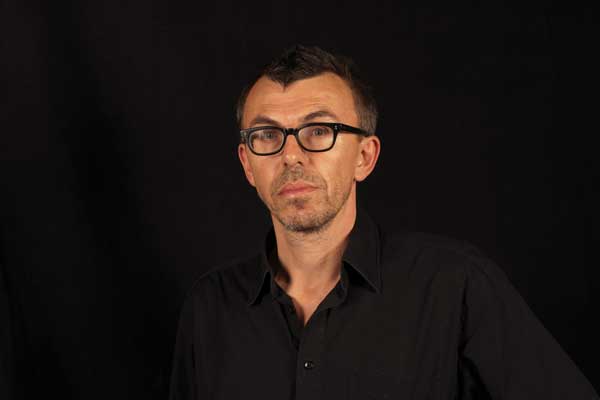
*1960, composer/performer, guitar, electronic devices
works in the field of non-ideomatic improvisation, electronica and contemporary classical. studies: classical guitar; electric guitar (autodidacted); cultural anthropology, musicology (thesis about the effects of the phonograph on cultural anthropology [book: Ethnologie im Ohr]). long term guitar-player at Franz Koglmann’s projects (Monoblue Quartet, Pipetet); founder of the ensembles Ton.Art (advanced jazz /1985-1995), Maxixe (new music chamber ensemble / 1991 ff.) and Extended Heritage (Butcher/Castelló/Dieb13/Reiter/Roisz/Stangl /2006); member of polwechsel (1993-2004), efzeg and the year of.
solo-works (Récital 1/1996, Récital 2/2006, Récital 3/2007)
duos with Christof Kurzmann (Schnee), Taku Unami (i was), Taku Sugimoto (an oldfashioned duett), Angélica Castelló (Chesterfield) and Kai Fagaschinski
trio with Dieb 13 & Billy Roisz (EH)
quartet with Dieb 13, Billy Roisz & Angélica Castelló (CastEHllo)
compositions for choir, piano, chamber music (a.o. for Maxixe, Klangforum Wien); opera-project moon of Venus (1997-2002) together with the poet Oswald Egger.
music for films, gustav deutsch: film.ist 7-12 (together with siewert/fennesz/dafeldecker) welt.spiegel.kino (with fennesz)
CDs: all together more than 50 CD-releases. concerts and festivals in europe, america, asia and africa.
lives and works in vienna.
Photo credits: Johannes Novohradsky & Marcel Hoyer
Billy Roisz

Lives and works in Vienna/Austria.
Since late 1990s, Billy Roisz dealt intensively with video and sound. Her work focuses on the links and gaps between visual and auditive perception. Roisz questions the interaction between sound and image, the interchangeability or unity of the electromagnetic signal in the generating machines which creates image or sound.
The realisation of her experiments takes place in live performances, single screen works and audio-visual installations, solo or in collaboration with musicians of experimental music and noise as well as composed new and old music, dance and theatre.
Billy Roisz Official Site
Flugfeld
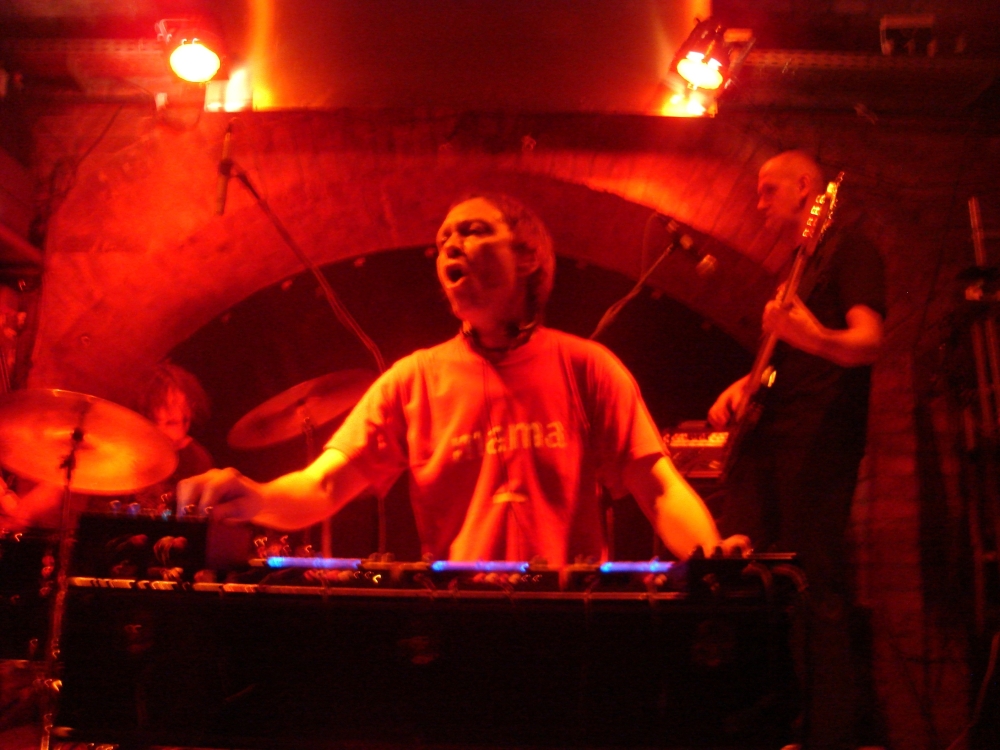
Helge Hinteregger, throat music
Martin Zrost, bass and saxophone
Paul Skrepek, drums
Helge Hinteregger Official Site
John O’Gallagher’s Webern Project
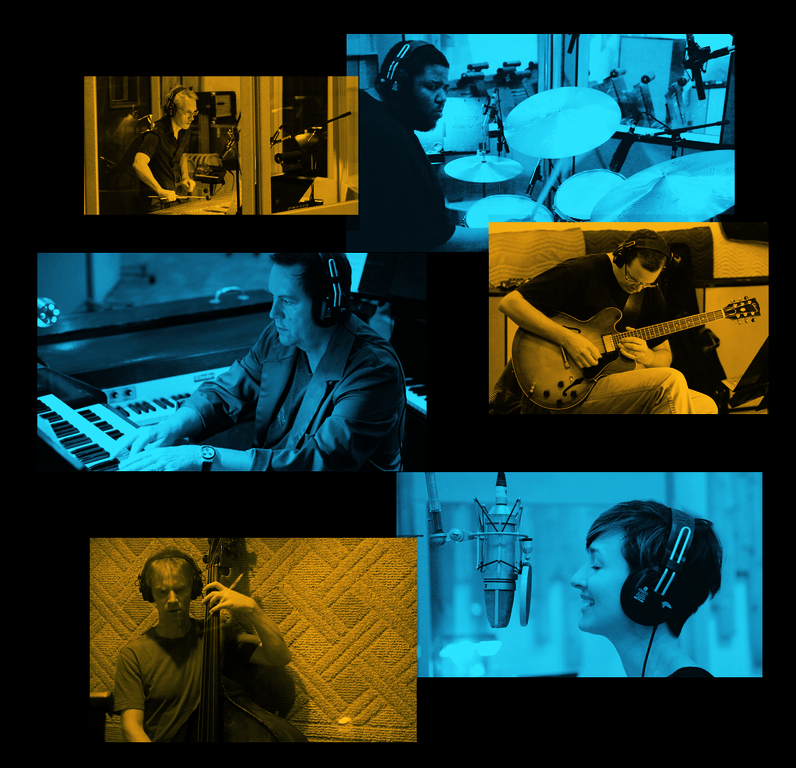
John O’Gallagher, alto saxophone
Matt Moran, vibraphone
Pete McCann, guitar
Russ Lossing, Hammond organ, Rhodes, piano
Johannes Weidenmuller, bass
Tyshawn Sorey, drums
Margret Grebowicz, voice
The Anton Webern Project is the debut WWR release from John O’ Gallagher, the Grammy-award winning alto saxophonist who is known as one of the most compelling improvisers, composers and music conceptualists at work today on the avant-jazz scene.
The California native has released many critically acclaimed albums to date but it’s this new, completely-unique and ambitious project which shows his diverse talents pushed to new and exciting limits. This recording features groundbreaking reworkings and adaptations of the music of Anton Webern (the Austrian composer known for his innovations in twelve-tone technique and the musical movement known as ‘Serialism’) for his seven-piece contemporary jazz ensemble, showcasing many of the most respected creative musicians on the global music scene.
With one hearing of the album the listener is transported into a sound-world unlike anything they’ve heard before as a result of O’ Gallagher’s masterfully conceived vision which morphs the improvising jazz musician with the music pioneered by the Second Viennese School. The Anton Webern Project is a true testament to seemingly limitless spirit of the ever-searching and evolving improvising musician, and will surely be regarded as a vital addition to the advancement and appreciation of Webern and twelve-tone music.
Excerpt taken from the liner notes of the album:
“I remember the first time I heard the music of Anton Webern. It was in a music history class at Berklee in the late 1980s. His music seemed other worldly and shrouded in a mysterious process that no explanation by the teacher could unravel. This seed, planted early on in my musical development, grew into a love and fascination for twentieth century classical music. Often cited as the father of serialism (which took hold in the 1950s), it seems that there are still many preconceptions that even educated listeners have about Webern’s music. With this project one of my goals was to present his music as clearly melodic and beautiful in ways that most listeners may not be aware of. Each of the 8 Webern pieces I selected to arrange for this recording spoke to my imagination as having an unusual kinship and translatable essence to modern jazz and this ensemble in particular. I chose to stay as close as possible to the source material’s themes and counterpoint with only minor changes in places that required it. Additional material was composed to provide solo sections for improvising, as well as introductions and codas where needed. All the solo sections are either based on harmonies/trichord structures extracted from the twelve-tone rows each piece uses, the rhythmic structures of the compositions, or the harmonies that result from the counterpoint. Each piece demanded its own solutions to create a sense of a unified whole. One question that would help guide me as I conceived this project was “what would Webern’s music sound like if he were a jazz musician living in New York City today?” This recording is one possible answer to that question.”—John O’ Gallagher, NYC January, 2013
The Anton Webern Project on Whirlwind Recordings
John O’Gallagher Official Site

